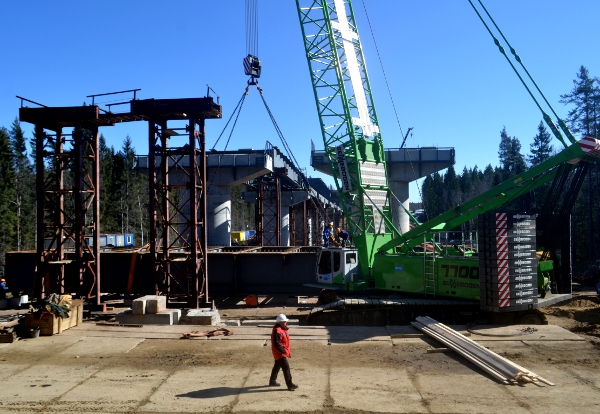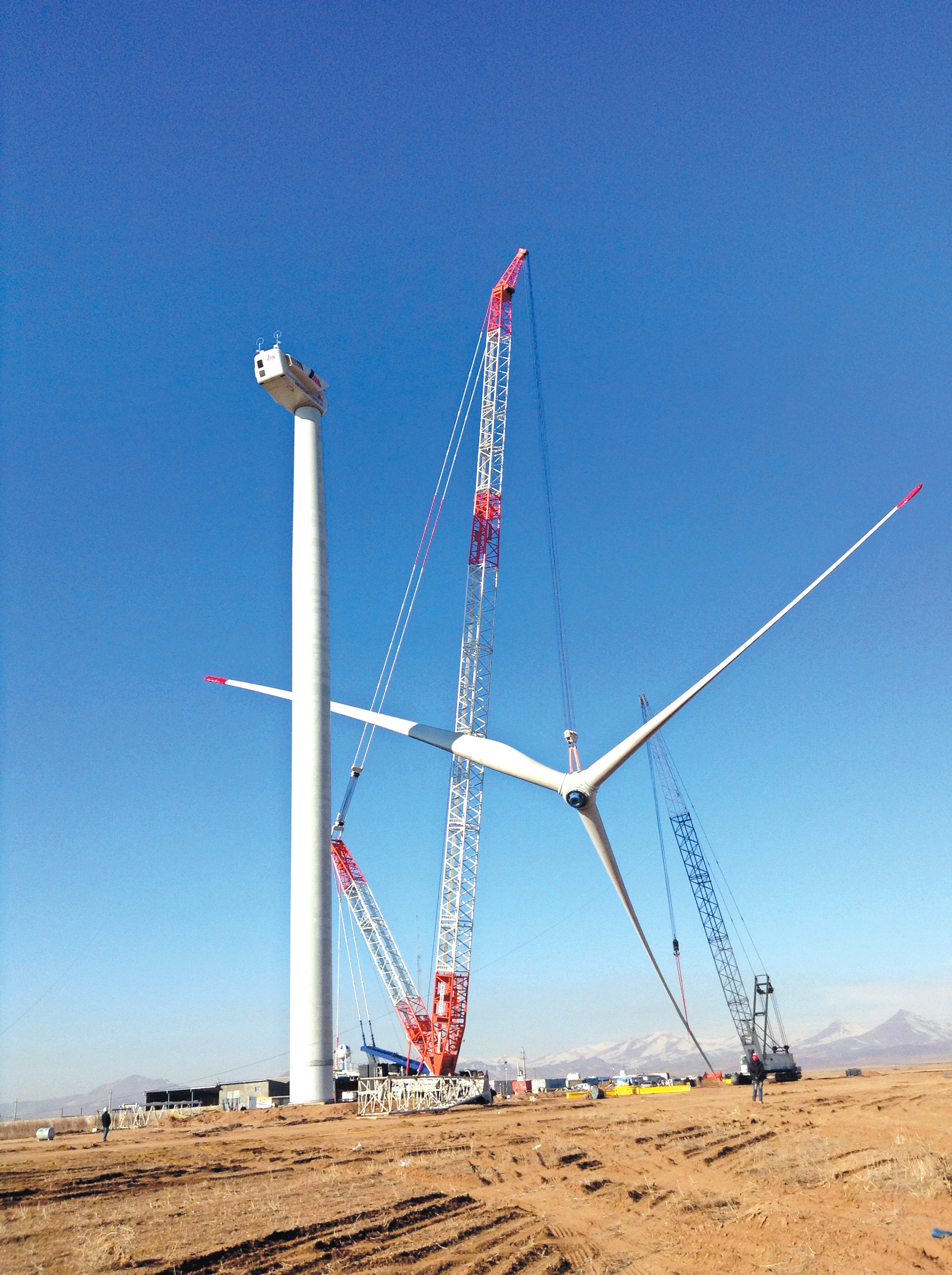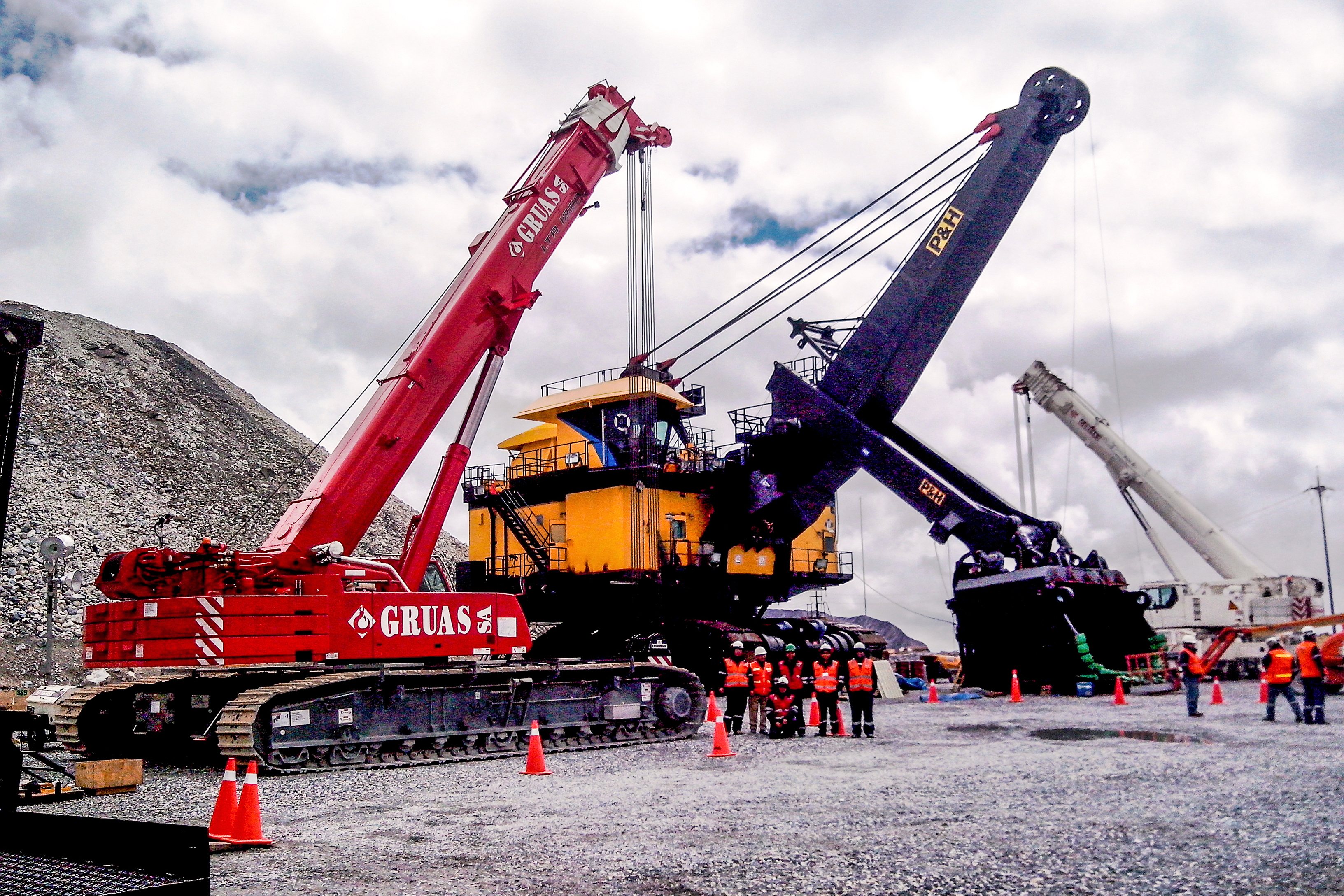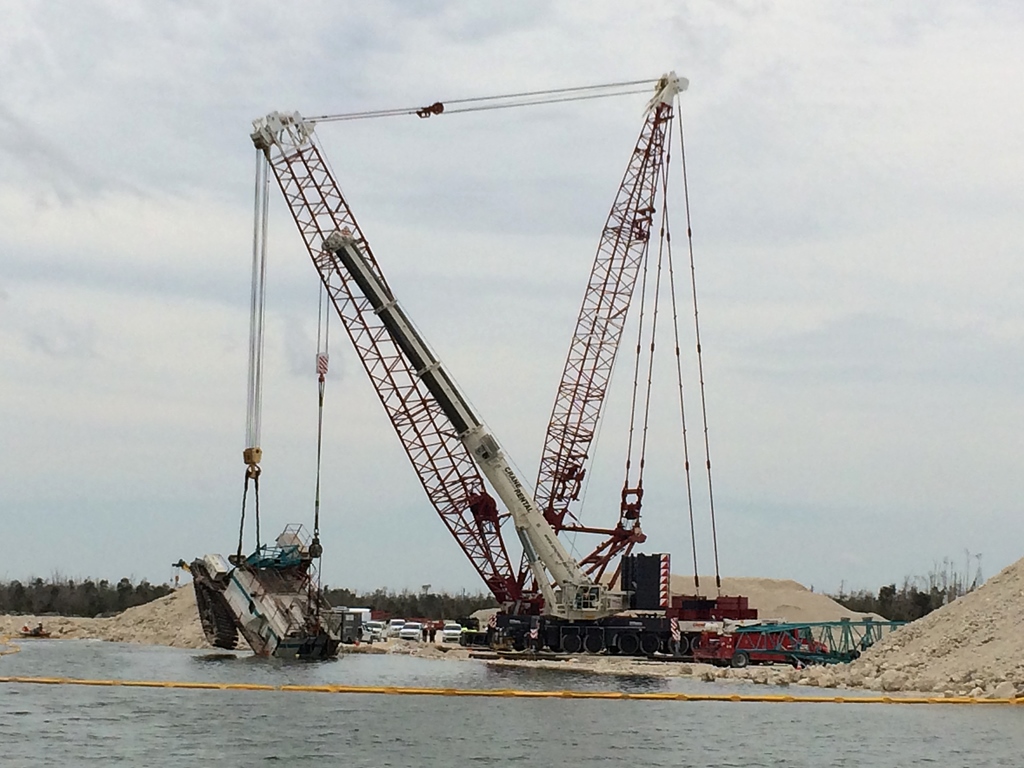A USITC has issued a final initial determination in Manitowoc’s complaint against Sany, saying that the American crane manufacturer has shown certain products infringe its patents, and that they have shown misappropriation of trade secrets.
The case relates to the two companies’ competing floating counterweight systems. Manitowoc claims that Sany’s system used on its SCC8500 infringes on a patent, US 7,546,928, relating to a mobile lift crane with variable position counterweight. The system was implemented by Manitowoc on its Model 31000, and later on its MLC300 and MLC650 cranes launched at ConExpo.
The full decision has not yet been made public, but a notice promises it will within 30 days. The current notice explains that the administrative law judge has issued a final initial determination on whether there was a violation, and a recommended determination on the remedy that may be appropriate in the event that the USITC finds that there was a violation.
The administrative law judge’s determination is subject to appeal by the federal appeals court. USITC determinations do not result in money damages. Instead, complainants can make a parallel claim in a district court, which Manitowoc is doing in Wisconsin. That case will resume on 23 July.




